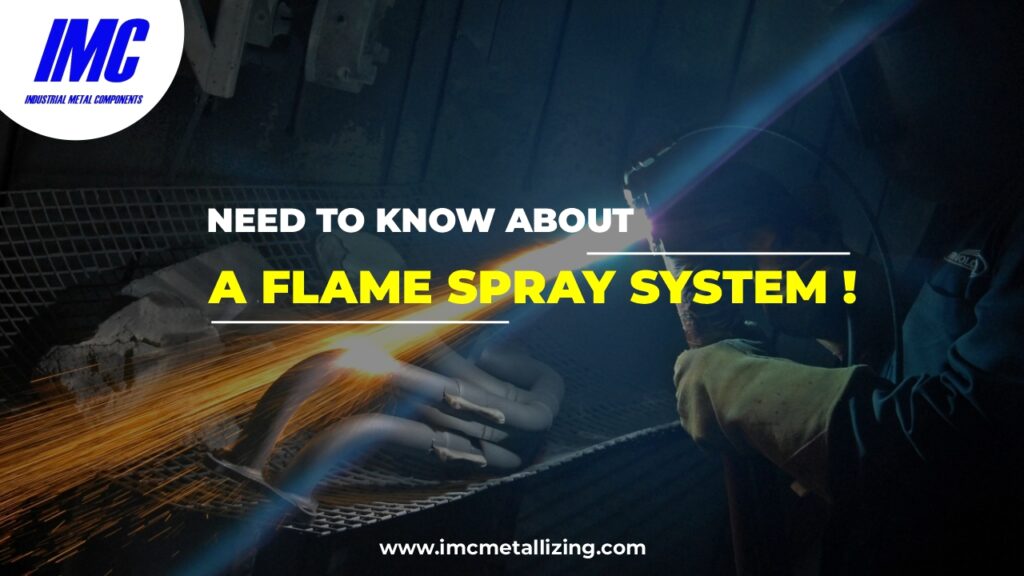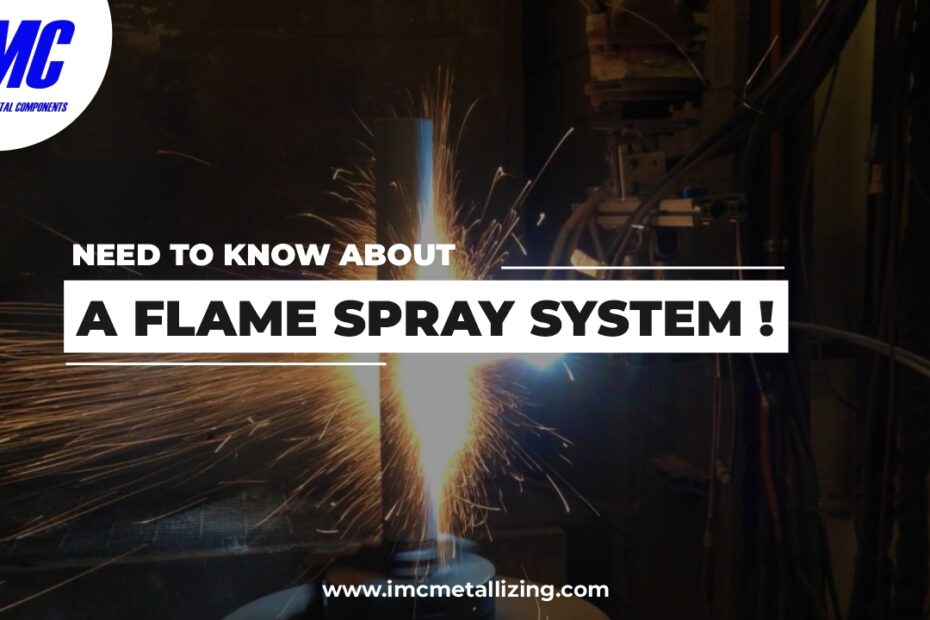One common choice you have when you need to apply a thermal spray coating is a flame spray. There are several flame spray systems available in the market such as wire flame spray, twin wire arc spray, and powder flame spray. Basically, all these spraying systems are meant for developing a strong and homogeneous coating that prolongs the life of many types of machine parts and equipment pieces.
As we will see below, there are many uses for this and many advantages to using it.
In this article, we’ll talk about flame spray system, including how it functions, potential applications, and situations in which it’s preferable to other thermal spray types. Knowing all about it might assist you in better understanding what it can accomplish for you.
What exactly is a flame spray system?
In a thermal spray coating known as wire flame spray, a metal wire is melted and sprayed to create a metallic coating. A metal or ceramic powder is used instead of a wire in a different variation of the procedure called powder flame spray.
When applying technical coatings or corrosion protection, the flame spray is a tool that is frequently utilized. A flame spray system is a typical method for applying corrosion coatings on structural steel, architectural steel (balconies, fences, gates, etc.), and marine coatings on ships, wind turbines, monopiles, and offshore oil platforms.
Zinc, aluminum, or alloys of these two elements are common spray materials. Flame spraying is frequently used to provide decorative coatings of metals like bronze and copper.
Although the use of the flame spray system for technical coatings is a little more specialized, babbitt for bearings, steels, and molybdenum are popular coating ingredients. As thermal barrier coatings, alumina coatings are frequently flame sprayed as powder.

How does this work?
When the gases are combined, forced through a nozzle, and ignited to produce a high-intensity flame, an oxygen/fuel flame is produced. The flame is supplied by wire or powder, which melts the metal or ceramic. The molten metal or softened ceramic is subsequently atomized by compressed air and projected onto the object being sprayed.
The surface is typically made rougher by grit blasting because the coating mechanically adheres to the surface being sprayed. The coating layer normally increases in thickness from a minimum of 50 microns to maybe several millimeters. No corrosion coating would typically be thicker than 500 microns. Numerous millimeters thick technical coatings are possible.
Arc spray and wire flame spray are frequently contrasted, and both methods are employed in several different procedures. Generally speaking, the flame spray is less expensive to purchase than the arc (lower capital cost), but it has higher operating expenses, mostly because gas/oxygen prices are higher. The flame spray is therefore perfect for smaller or less regular operations.
Advantages of flame spray systems
Flame spray systems have several varieties as stated in the introduction. They have several advantages –
- Cost-effective process
- Systems are portable and easy to use
- Different types of coating are possible
- Lower dust and pollution in the manufacturing units
As you can see, the flame spray system is an effective remedy with a variety of benefits that make it the ideal thermal spray remedy. To comprehend your application and assist you in selecting the best solution, IMC’s technical staff is available. The correct technological solution must come first, and then any financial restrictions are examined. Contact an IMC member right now!
One of India’s top manufacturers of thermal spray machines, also known as metalizing, metal spray, or most frequently known as zinc spray, is Industrial Metal Components (IMC).
